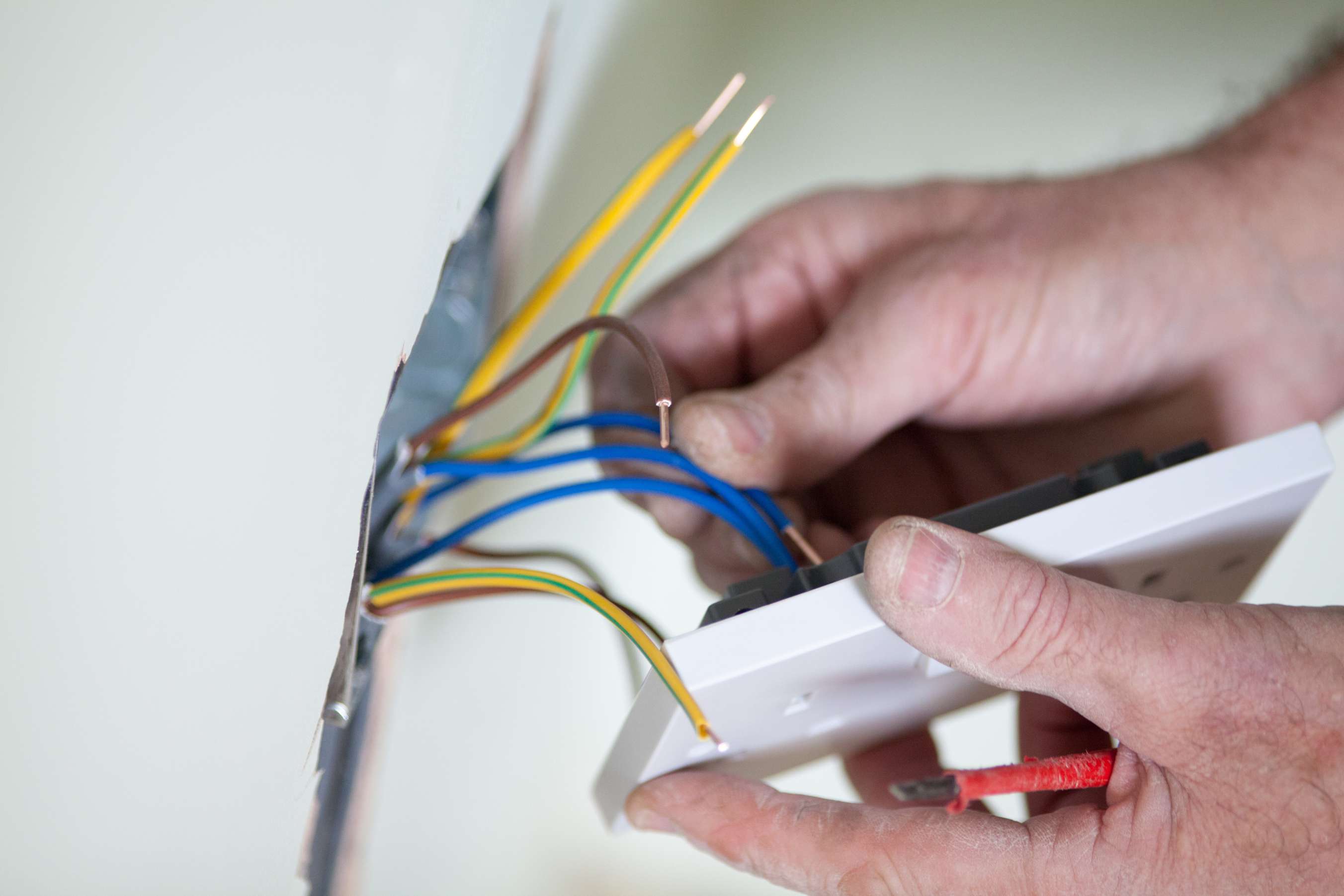Book viewings, submit offers and valuations online 24/7
Book viewings, submit offers and valuations online 24/7

It was previously known as 'Fixed Wire Testing'. An EICR is when your electrical installations are tested by a 'skilled' person to ensure they are safe and they will not cause any fire risks or electric shocks at your property
An Electrical installation condition report (EICR) will tell you; If the electrical circuits are of good condition and safe to use. Whether or not there is risk of electric shock. Any defective electrical work been installed
The Electrical Safety Standards in the Private Rented Sector (England) Regulations 2020 came into force on 1 June 2020 and apply to all tenancies created on or after that date in England from 1 July 2020.
Landlords will also have to provide a copy of the electrical safety report to their tenants as well as to the local authority if requested.
Ans: These new regulations require landlords to have the electrical installations in their properties inspected at least every 5 years and tested by a person who is qualified and competent.
Ans: The regulations apply in England to all new specified tenancies from 1 July 2020 and all existing specified tenancies from 1 April 2021. 'New specified tenancies' is any tenancy created on or after 1 June 2020.
Ans:
Supply a copy of that report to each existing tenant of the residential premises within 28 days of the inspection and test.
Supply a copy of the most recent report to any new tenant of the specified tenancy to which the report relates before that tenant occupies those premises; and any prospective tenant within 28 days of receiving a request in writing for it from that prospective tenant.
Ans: Where an Electrical Installation Safety Report identifies urgent remedial work or requires 'further investigation', the private landlord must ensure that the required work is carried out by a qualified and competent person within 28 days (or the period specified in the report if it is less than 28 days), starting with the date of the inspection and testing.
Ans: Local authorities will be responsible for enforcing the new regulations and can impose a financial penalty of up to £30,000 if they find a landlord is in breach of their duty.
Ans: C1 – Danger present, risk of injury, immediate remedial action required C2 – Potentially Dangerous, urgent remedial action required FI – Further investigation required
Ans: C3 – Improvement recommended
Ans: Properties let on statutory periodic tenancies where the fixed term expires between July 2020 and April 2021 will require an inspection and test at this point under the Regulations. For statutory periodic tenancies – where on expiry of the fixed term the tenancy rolls over into a periodic tenancy automatically by statute (rather than by contract) - the periodic tenancy would be a new tenancy.
Ans: Yes. These regulations repeal the previous legislation which set the requirement on HMO landlords on the 1st June 2020.
Ans: No, this won't be the case under these regulations.
Ans:
The NRLA has received a number of reports of EICRs stating that the report is valid for '5 years or until change of tenancy.' This is incorrect as the regulations require the tests are performed at regular specified intervals rather than being triggered by a change of tenancy. As a result, a change of tenancy should not invalidate an EICR.
Useful Links:
Guide for Landlords - Electrical Safety Standards
NRLA - Electrical Safety Inspections
Legislation - Electrical Safety Standards
I agree Our site saves small pieces of text information (cookies) on your device in order to deliver better content and for statistical purposes. You can disable the usage of cookies by changing the settings of your browser. By browsing our website without changing the browser settings you grant us permission to store that information on your device.